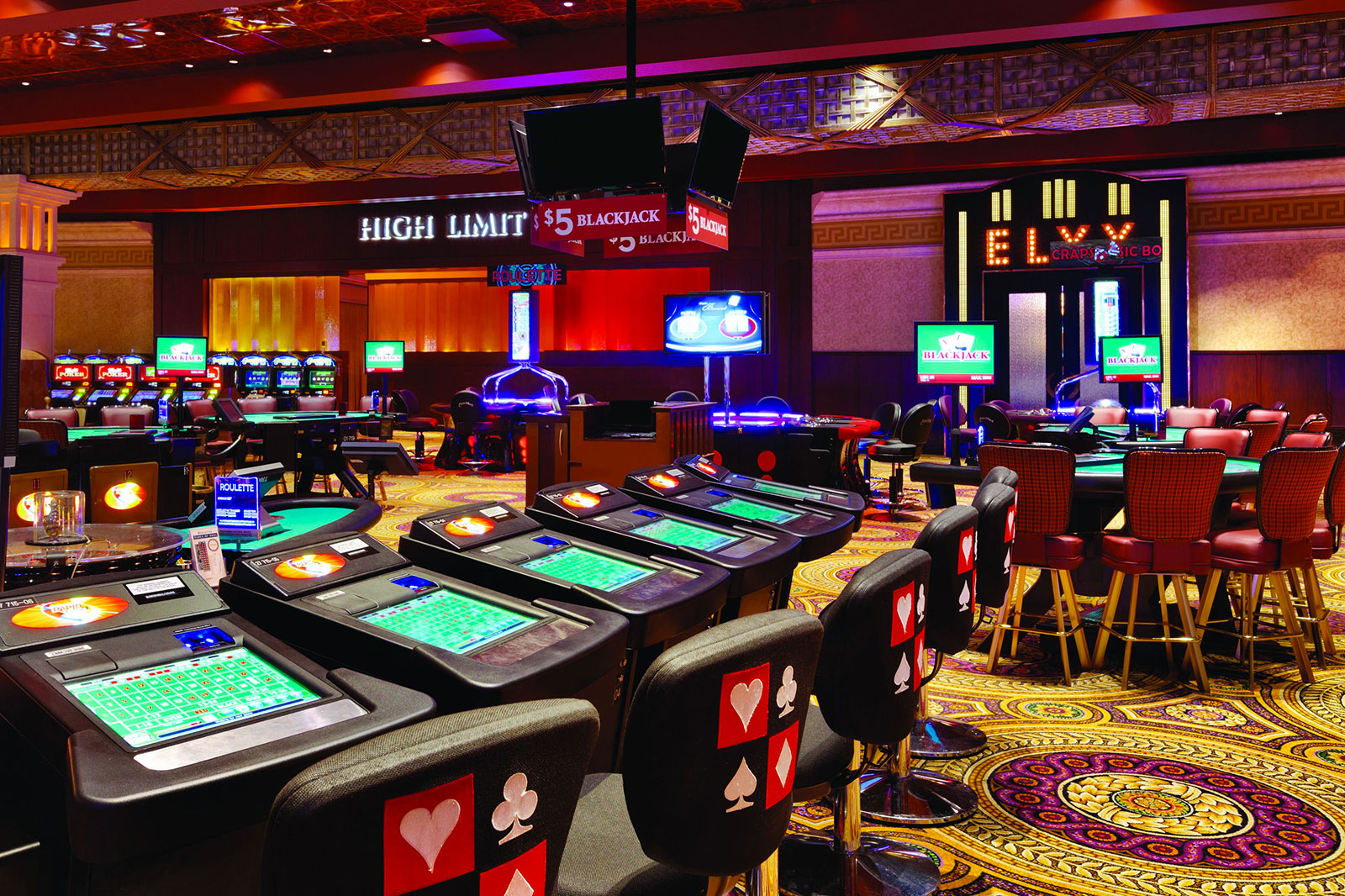
As technology continues on evolve with a fast speed, the realm of entertainment is experiencing a significant transformation. One of the most thrilling developments of recent years is the rise of VR realities, that has started to redefine how we experience various types of gaming. The casino industry, famous for its lively environment and thrilling experiences, is not different. Through the integration of virtual reality within gambling titles, players now have the chance to immerse themselves in highly immersive worlds that echo the thrill of a physical gambling hall, all from the comfort of their personal homes.
Imagine stepping into a digital casino in which you can interact with other players, enjoy real-time host sessions, and explore a wide-ranging range of play choices, all amplified by state-of-the-art technology. This new method not just amplifies the thrill of traditional casino titles but additionally removes geographical barriers, enabling players from the world to link and engage in a shared gaming experience. Looking ahead, as we look ahead, the potential for VR within the realm of casino games are boundless, offering to transform the manner we perceive about gambling and amusement as a whole.
The Ascent of VR in Gaming
The advent of virtual reality technology has revolutionized various sectors, and the gaming industry is at the forefront of this revolution. More than just a trend, virtual reality delivers an immersive experience that bring players closer to the action than ever before. Gambling establishments have commenced to harness this innovation, creating atmospheres that simulate the excitement and ambiance of a brick-and-mortar casino, all from the comfort of their own home. This shift not only improves gameplay but also draws in a younger audience of players keen for innovative experiences.
As VR becomes more available, the range of casino games available in this medium continues to grow. Players can now participate with popular games such as blackjack, poker, and slot machines in a 3D space where they can connect with other players and dealers in real time. games not on Gamestop This immersive aspect enhances the social interaction, allowing users to feel as if they are integral to a vibrant casino community even while physically distant. The added layer of authenticity provided by VR is attractive and is probably to influence how casino games are designed and experienced in the times to come.
In addition, the adoption of virtual reality into casino gaming is expected to spur advancements in tech and design. Developers are experimenting with innovative game mechanics and attributes that take advantage of virtual reality’s full potential. These developments could lead to a wide variety of gaming options that not only would capture the spirit of traditional games but also offer fresh formats and ways to play. By adopting VR, casinos can remain competitive in a rapidly evolving gaming landscape, making sure they satisfy the desires of modern players seeking exciting and captivating experiences.
Enhancing User Experience in Casino Games
Virtual reality technology is changing the way players interact with casino games, building immersive environments that simulate the atmosphere of a real casino. By putting on a VR headset, players can enter a virtual world where they can interact with realistic three-dimensional representations of casino games. This immersion boosts the bond players have with their gaming experience, making every slot machine spin or dice throw feel more dynamic and realistic.
In addition to visual experiences, the integration of haptic feedback provides players with tactile experiences that improve gameplay. For instance, as a player achieves a round in virtual poker, they can feel vibrations through their inputs that replicate the feeling of earning chips in the real world. This element of physical feedback makes the experience more immersive and helps to bridge the gap between physical and digital gaming environments.
Social engagement is another important aspect that virtual reality brings to casino games. Players can take part in social gaming, enjoying the excitement of playing with friends or new acquaintances in a common virtual environment. This communal aspect fosters a sense of community and connection, which is often missing in traditional online gaming. By permitting players to chat and interact in real time, VR casinos recreate the social atmosphere that many players love in real casinos, ultimately leading to a deeper and more satisfying gaming experience.
Emerging Developments and Innovations in Virtual Reality Casinos
As technology keeps to evolve, the inclusion of artificial intelligence and ML into VR gaming environments is set to transform the player experience. These advancements will enable for greater personalized gaming by adapting games to individual player preferences and habits. Players can expect smooth interactions with virtual dealers and AI-driven companions that boost immersion and engagement, forming a lifelike casino atmosphere from the comfort of their homes.
In addition to AI, the introduction of blockchain promises to transform the security and clarity of transactions in Virtual Reality casinos. With smart contracts allowing quicker payouts and verifiable fairness in game outcomes, players can have peace of mind knowing that their funds are secure. This technological synergy can establish trust and foster a bigger player community, motivating more people to delve into digitized gambling settings.
Additionally, the development of community engagement within VR gaming environments is likely to take center stage. Future advances may promote stronger connections among players, providing features such as digital chat rooms, multiplayer competitions, and even live events. By incorporating social elements, these enhancements will not only improve the gaming experience but also cultivate a dynamic community where players can share strategies, acknowledge wins, and enjoy fellowship in a dynamic virtual setting.
